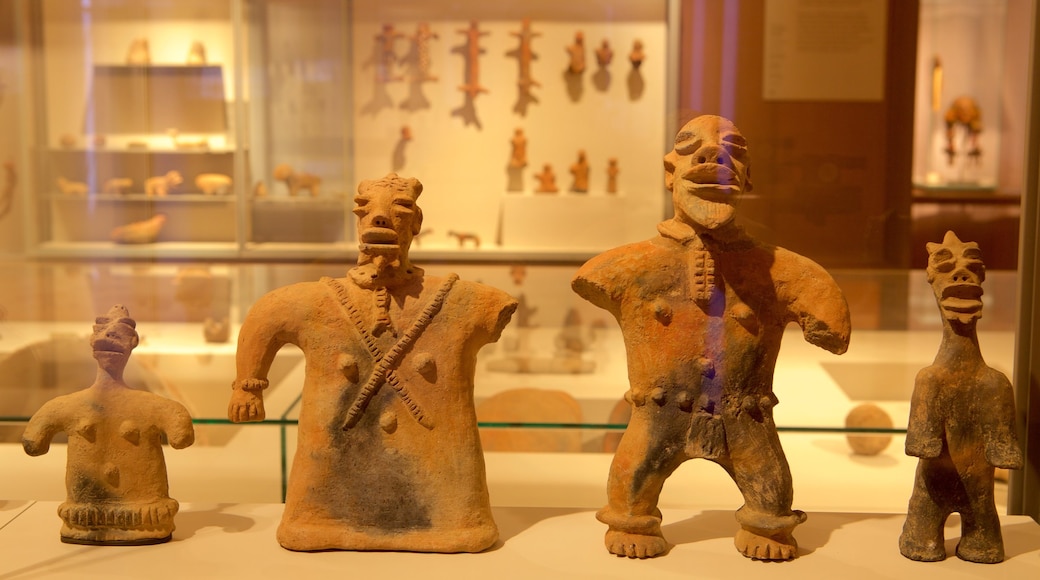The Natural History Museum has roughly 10,000 pieces from naturalist and ethnographic collections. It is based in a large stately building with a colonnade, many windows and a stylish front garden. Enjoy traveling through time as you venture into various eras and see artifacts that range from stuffed animals and bizarre fish in jars to tribal attire.
A large proportion of the collection consists of stuffed animals, insects, fish and mollusks. Peruse the array of unusual animals, some of which are now extinct. Imagine what the world would be like if these creatures still lived today. Many of these specimens date back to the early 1800s, yet remain well preserved.
The museum aims to display the collections in a way that makes you realize how strange the world must have seemed to French explorers centuries ago. See the drawings and plans they made for their trips and discoveries. Appreciate the lifelike appearance of a zebra, gorilla, anteater, polar bear, tiger and many other wild and exotic beasts.
See the first giraffe that ever visited France. A gift from Egypt to King Charles X, it walked 500 miles (800 kilometers) from France’s southern coast to Paris and attracted a lot of attention on its journey.
Discover the collections of items that belonged to indigenous groups encountered by the French explorers. Peruse sculptures and costumes and learn about their roles in tribal religions and societies. See a voodoo doll and a two-headed statue among the intriguing artifacts.
The museum is open to the public from Tuesday to Sunday year-round. During the week, it opens from morning until early evening, with longer opening times on Saturdays. There is an admission fee for adults students and those under 18 enter free. The first Sundays of the month are free for all.
Find the Natural History Museum in the center of the city. Use the free parking in the Esplanade des Parcs or on several nearby streets. Walk from the old port or rent a bike from one of the “vélo jaune” stations.






















